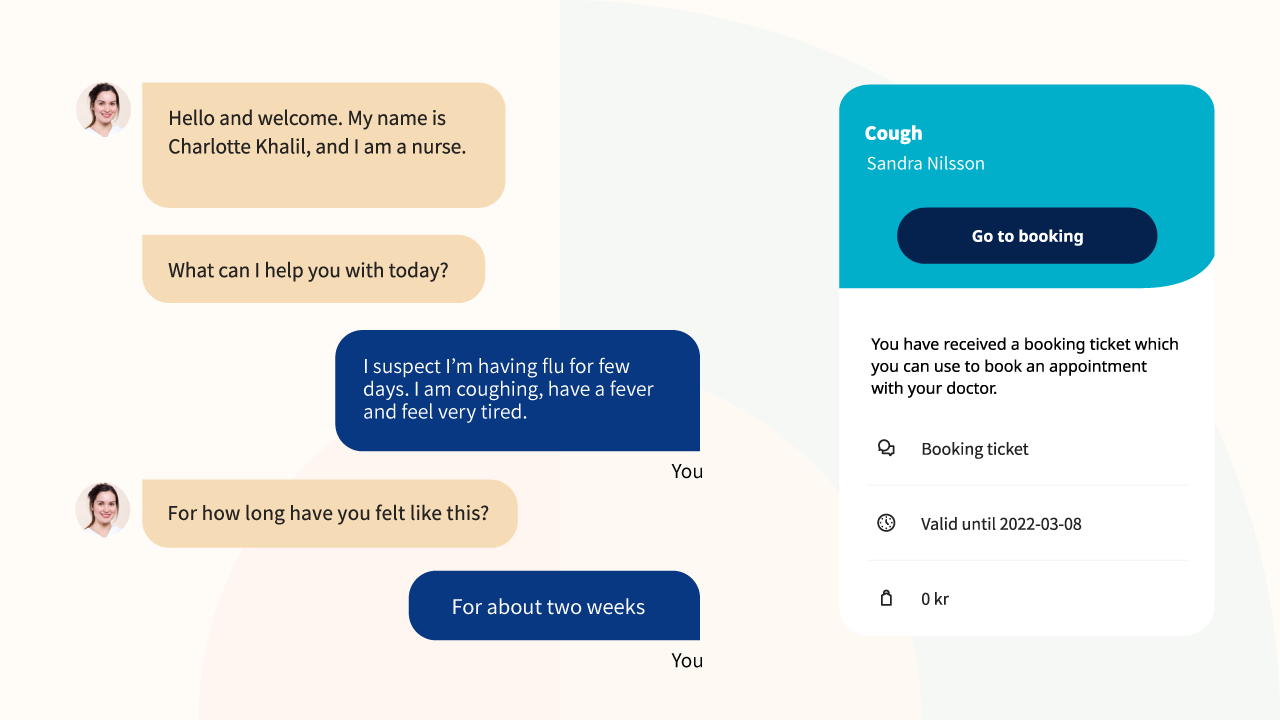Triage – a cornerstone of Swedish healthcare

What is triage?
Triage means that healthcare professionals ask a patient a limited number of questions to assess which level of care is most appropriate. Triage takes place in many places: in emergency rooms, at medical centers and at 1177. In emergency rooms, questions are asked and a quick patient check-up is performed, while at healthcare centers and on telephone calls, only questions are asked. Based on the answers to the questions, healthcare professionals can assess whether you need care, and, if so, the urgency of care needed.
What questions are asked during triage?
There are different triage systems around the world, and in Sweden, primary healthcare relies on a system called Counseling Support (Rådgivningsstödet, or RGS). Developed in 2003, it’s currently used by all regions. When you call 1177 or a medical center today, RGS is the system used.
Why do we triage patients?
In a publicly funded system, there will almost always be greater demand for healthcare compared to the limited amount of healthcare resources. This is the case for many countries, partly to increase the efficiency of healthcare resources so that we get as much as possible for our tax money. At the same time, this means that healthcare providers find it difficult to prioritize between different patients. Triage systems give healthcare providers a way to prioritize between patients and offer healthcare first to those who have the greatest medical need for it.
Can triage be used to diagnose patients?
When you triage, you don’t usually ask all the questions you do in a regular healthcare consultation. Imagine a spectrum where increasing numbers of questions and information collection increase the accuracy of knowing the patient’s systems. At the far end of the spectrum, lab tests and a patient examination lead to a diagnosis. As a rule, triage is not designed to diagnose a patient but involves a smaller number of questions to assess the patient’s need and urgency for healthcare.
Can triage be digitized?
Triage systems are, as a rule, algorithmic, with clear questions to ask, and depending on the answers, other questions to ask. This format is perfect for digitalization. In recent years, 9 regions have introduced digital triage systems to streamline and assure quality triage in primary care. Digitizing triage results in several benefits:
- Saves time for healthcare professionals: Instead of sitting on the phone to triage patients manually, healthcare professionals can instead let the system ask questions, while they spend more time on healthcare consultations.
- Raising quality: Many studies have shown that different people use manual triage systems very differently. This means that patients receive unequal care based on who happens to answer the phone on that particular day. A digital triage system has no prejudices and is more consistent and equal in how it triages patients.
- Enabling improvements: Today, no structured data is collected from manual triage systems, making it difficult to evaluate and improve manual triage. Digital triage saves data that the patient enters in a safe and structured way, allowing continuous improvements in the triage system – which is impossible with regular manual triage.